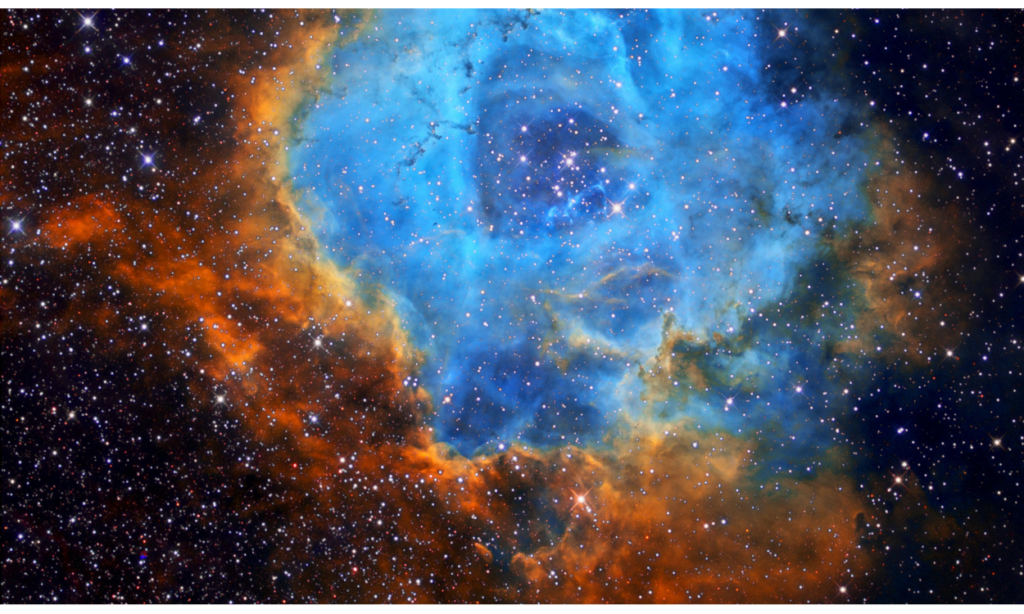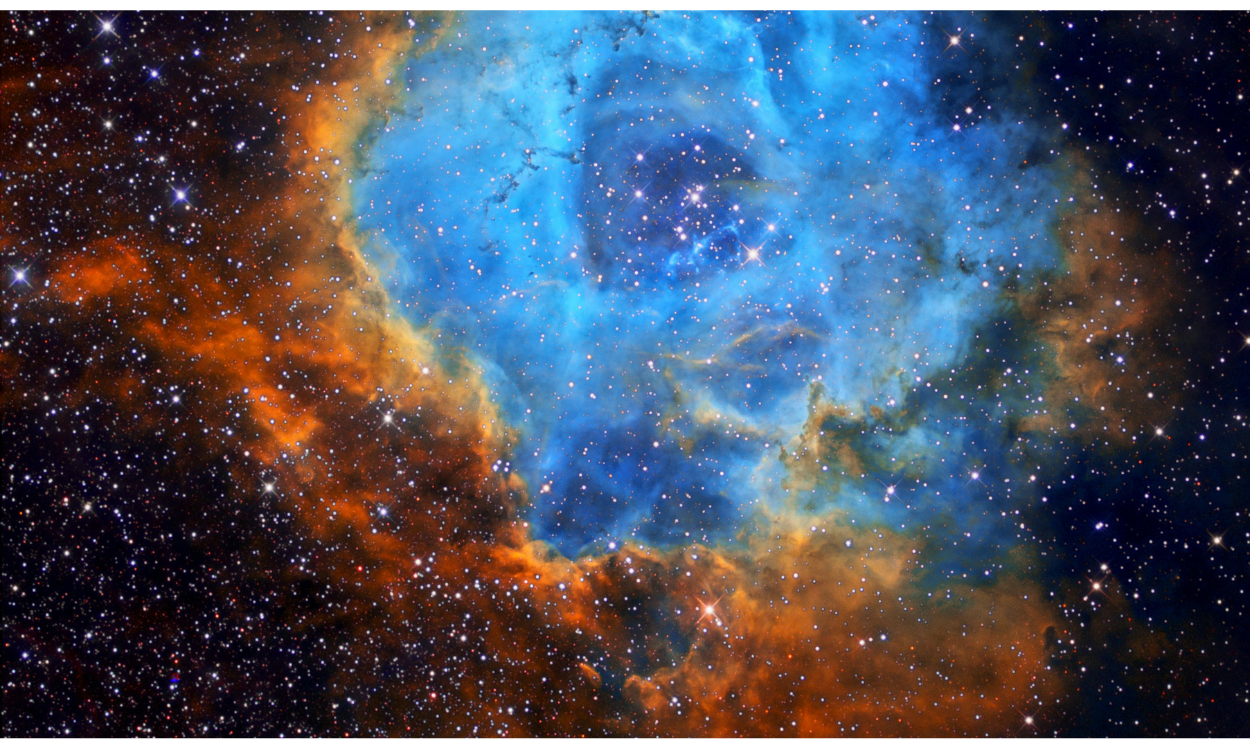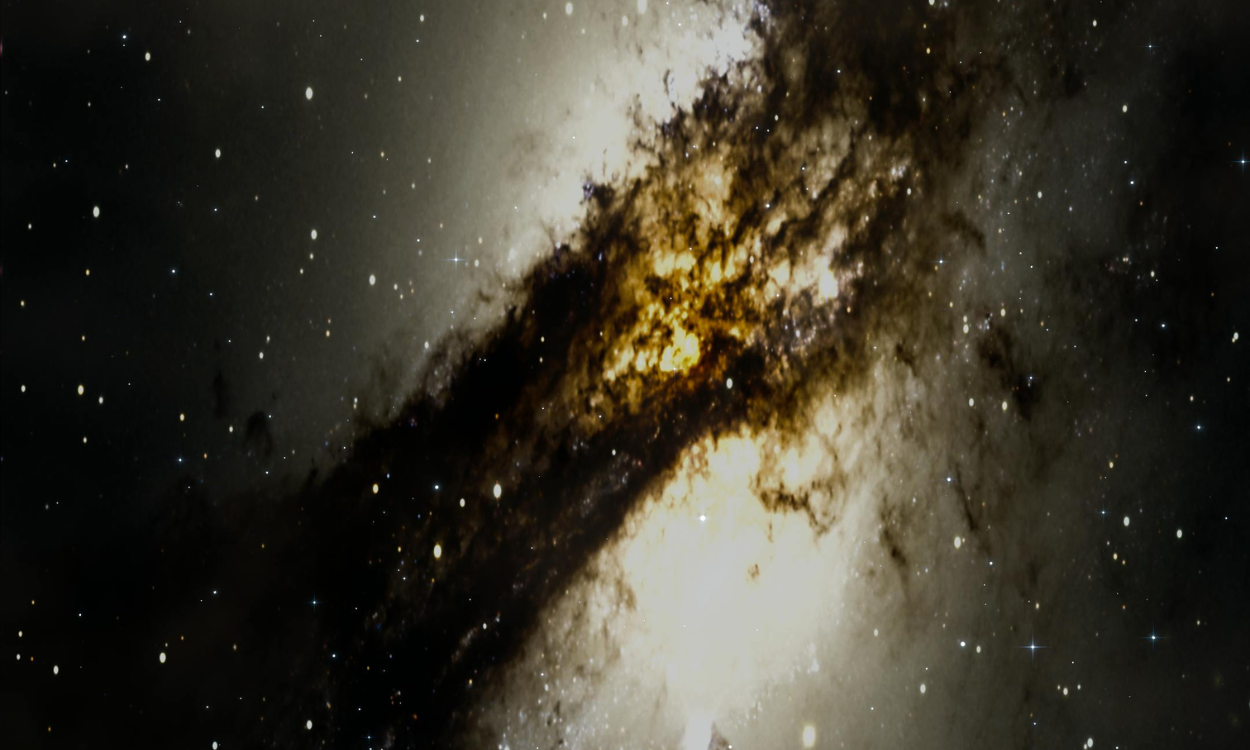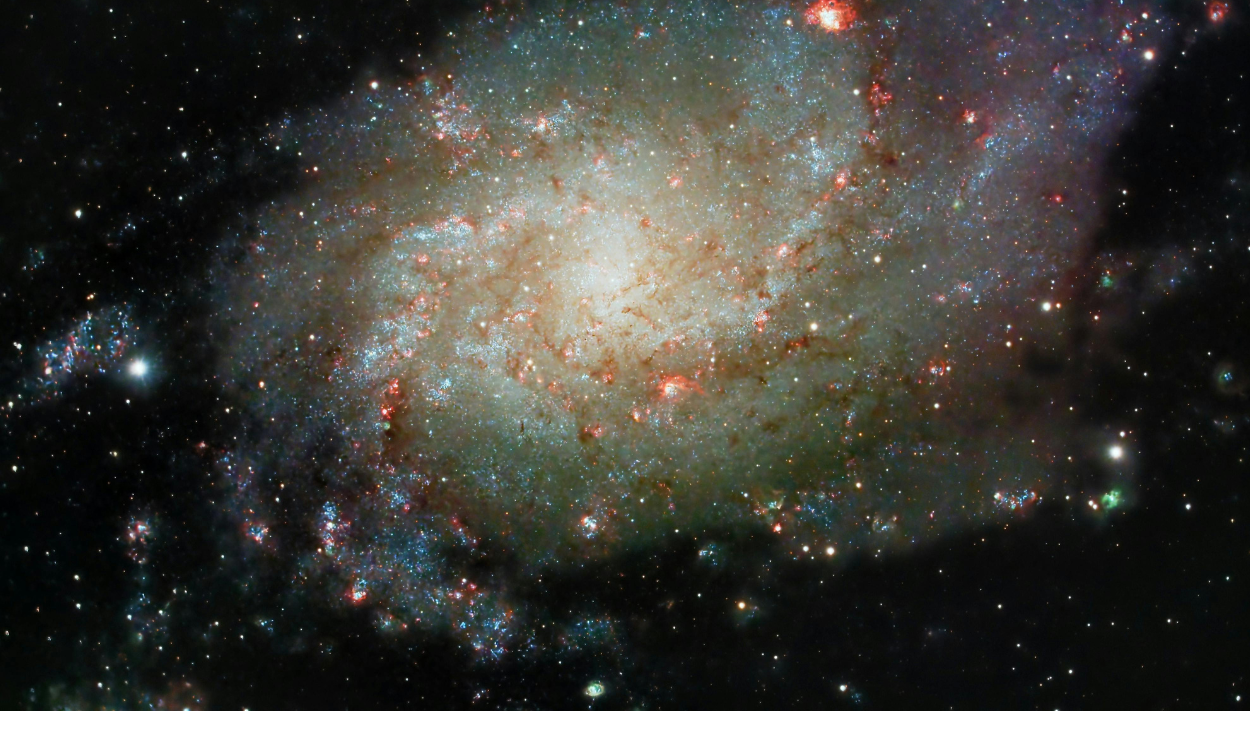Astral Artistry: Emission Nebulae and Their Radiant Splendor
The cosmos is a vast canvas, painted with the luminous hues of countless celestial phenomena. Among these, emission nebulae stand out as some of the most striking and evocative masterpieces. These glowing regions of interstellar gas captivate astronomers and stargazers alike, offering a glimpse into the dynamic processes that shape our universe.
Table of Contents

What Are Emission Nebulae?
Emission nebulae are regions of interstellar space where gas, primarily hydrogen, is ionized by the intense radiation emitted by nearby young, hot stars. This ionization process causes the gas to glow, producing the vibrant colors that make emission nebulae such a spectacular sight. The hydrogen atoms emit light predominantly in the red part of the spectrum, resulting in the characteristic crimson hue of many emission nebulae. However, other elements, such as oxygen and sulfur, contribute additional colors, creating a rich and complex visual tapestry.
The Science Behind Their Radiance
At the heart of an emission nebula lies a group of massive, young stars that emit copious amounts of ultraviolet radiation. This radiation strips electrons from the surrounding hydrogen atoms, a process known as photoionization. When these free electrons recombine with hydrogen nuclei, they release energy in the form of light, illuminating the nebula.
The structure and appearance of an emission nebula depend on various factors, including the density and composition of the gas, the intensity of the ionizing radiation, and the presence of magnetic fields. These factors interact to create the intricate shapes and patterns observed in telescopic images.
Famous Examples of Emission Nebulae
One of the most iconic examples of astral artistry is the Orion Nebula, located in the constellation Orion. This emission nebula is a stellar nursery where new stars are born, surrounded by glowing clouds of gas and dust. The vivid colors and complex structures of the Orion Nebula have made it a favorite target for astrophotographers and a cornerstone of scientific research.
Another well-known emission nebula is the Eagle Nebula, home to the famous “Pillars of Creation.” These towering columns of gas and dust, illuminated by the ultraviolet light from nearby stars, are a striking testament to the creative forces at work in the universe.
The Rosette Nebula, located in the constellation Monoceros, is another example of emission nebulae’s radiant splendor. Its intricate patterns resemble a blooming rose, showcasing the delicate interplay of gravity, radiation, and magnetic forces that shape these celestial objects.
Emission Nebulae and Star Formation
Emission nebulae play a crucial role in the process of star formation. These regions are often found in areas of space where massive molecular clouds have begun to collapse under their own gravity. As the density of the gas increases, clumps form within the cloud, eventually leading to the birth of new stars.
The radiation from these newborn stars shapes and sculpts the surrounding nebula, creating the dazzling shapes that define emission nebulae. Over time, the intense radiation and stellar winds from the young stars can disperse the nebula, leaving behind clusters of stars.
Observing Emission Nebulae
For amateur astronomers, observing emission nebulae is a rewarding experience. These celestial objects are often visible through small telescopes and even binoculars under dark skies. Filters that enhance specific wavelengths of light, such as hydrogen-alpha or oxygen-III filters, can significantly improve the visibility of emission nebulae, revealing intricate details that are otherwise invisible.
Many of the most striking emission nebulae are located in the plane of the Milky Way, making them accessible to observers in both the northern and southern hemispheres. The use of astrophotography has further expanded our ability to appreciate their beauty, capturing details that the human eye cannot perceive.
The Role of Technology in Exploring Emission Nebulae
Modern telescopes, both ground-based and space-based, have revolutionized our understanding of emission nebulae. Instruments like the Hubble Space Telescope have provided high-resolution images that reveal the intricate structures within these nebulae, while spectroscopic studies have shed light on their chemical composition and physical properties.
Advancements in computational modeling and simulation have also allowed scientists to study the complex processes that govern the formation and evolution of emission nebulae. These models provide valuable insights into the interplay between radiation, magnetic fields, and gravity, enhancing our understanding of the universe’s most dynamic regions.
Cultural and Philosophical Reflections
The radiant splendor of emission nebulae has inspired artists, poets, and philosophers throughout history. Their ethereal beauty serves as a reminder of the vastness and complexity of the cosmos, challenging us to ponder our place within it.
For many, emission nebulae symbolize the creative forces of the universe, embodying the birth and evolution of stars and the perpetual cycle of matter and energy. Their astral artistry invites us to explore not only the physical universe but also the depths of our own imagination and curiosity.
Conclusion
Emission nebulae are among the most captivating objects in the cosmos, embodying the concept of astral artistry in their vibrant hues and intricate structures. From their role in star formation to their influence on cultural and philosophical thought, these celestial wonders offer a unique perspective on the dynamic processes that shape our universe.
The study and appreciation of emission nebulae continue to inspire awe and wonder, reminding us of the radiant splendor that exists beyond our world. As technology advances and our understanding deepens, the allure of these astral masterpieces will undoubtedly endure, inviting future generations to explore the luminous beauty of emission nebulae.





